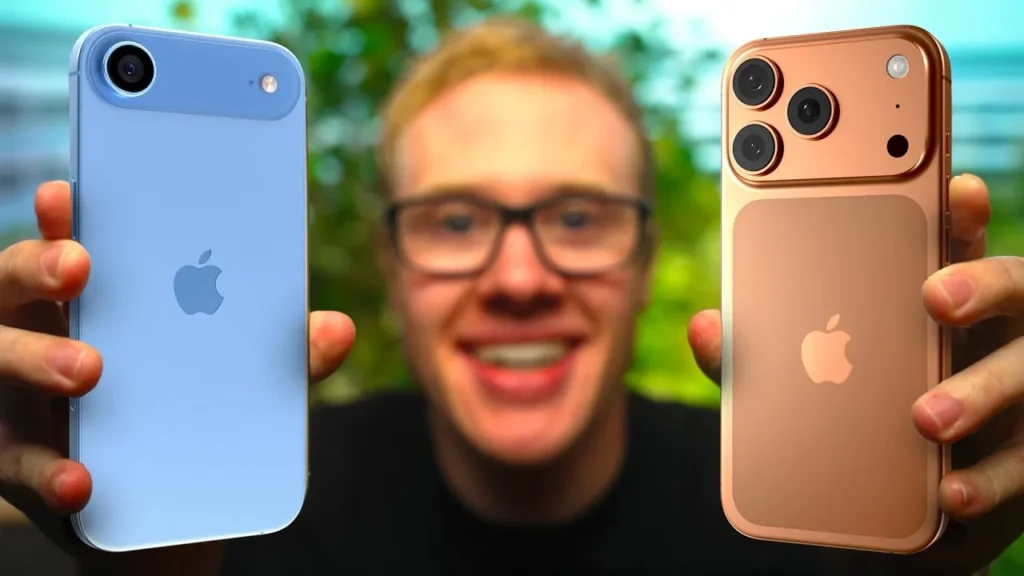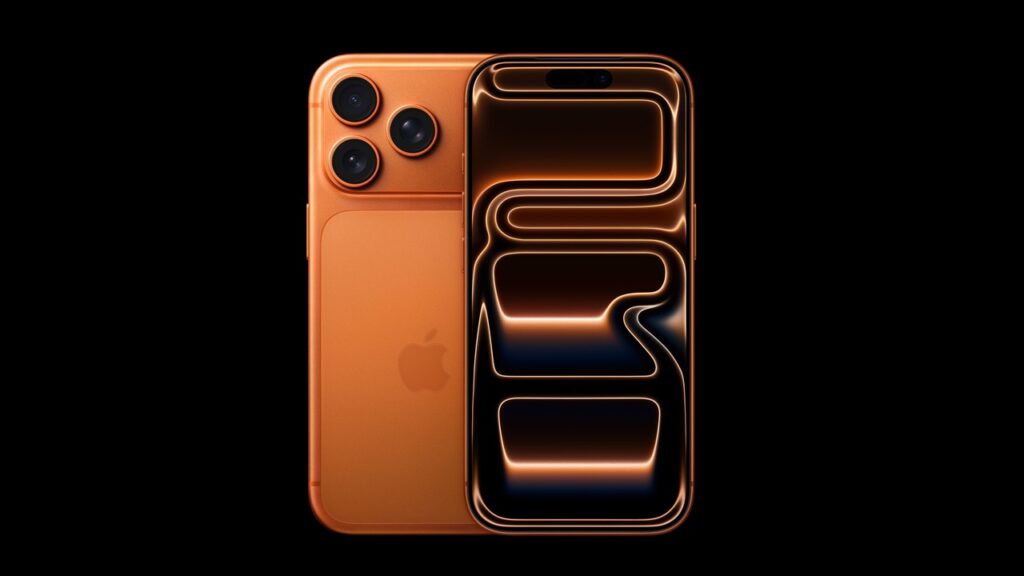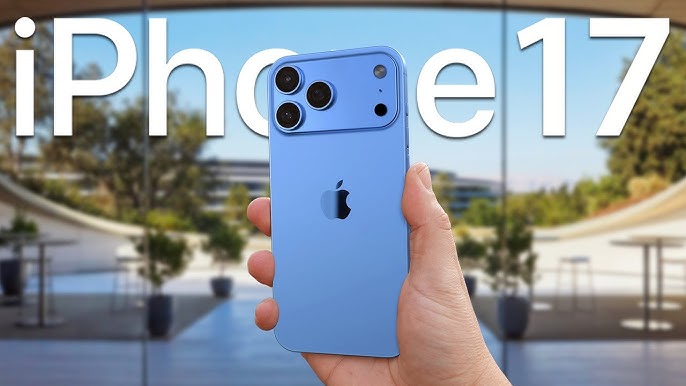Apple’s 2025 iPhone launch brought several noteworthy upgrades and changes across the board: base, Air, Pro, and Pro Max models. MacRumors+5Apple+5TechCrunch+5 Here are the major improvements:
- Display Upgrades
- The base iPhone 17 now has a 6.3-inch OLED screen (slightly larger than iPhone 16) with ProMotion 120Hz refresh, which was previously reserved for Pro models.
- The display is also more durable: new Ceramic Shield 2 front cover with better scratch resistance.
- Camera System Enhancements
- All models now get a 48MP rear camera (or “Fusion” style system) which gives higher resolution and better flexibility.
- A new front-facing “Center Stage” camera (≈ 18MP) with a square sensor is introduced. It can adapt between landscape/portrait without needing to rotate the phone.
- Pro and Pro Max get stronger telephoto zoom (up to 8×) and improved optics.
- Performance & Processing
- New chipsets: A19 (for base models) and A19 Pro for Pro / Air variants. These are built using a 3nm process, offering better efficiency and performance.
- A new networking chip (N1) built in-house, which brings upgraded wireless features: Wi-Fi 7, Bluetooth 6, and support for the Thread protocol among others.
- Battery Life, Charging & Efficiency
- Better battery life: e.g. base iPhone 17 claims ~30 hours video playback, which is significantly improved over prior models.
- Faster charging: improved speed with USB-C (for wired) and better wireless charging (MagSafe etc.).
- Design & Other Features
- New colours, slightly thinner bezels, and some design polish.
- All models ship with iOS 26, which brings updated software features (user interface refinements, privacy/security improvements, more intelligent behavior etc.)
- Base storage has increased; 256GB is now the minimum in many regions/models.

Who Will Benefit Most from the Upgrade
Upgrading makes more sense in some situations than others. Here are the people who will feel the improvements most:
- Users of older iPhones (iPhone 13 or earlier)
If you have a model from two or more generations ago, many of these upgrades will be significant: better display fluidity, much improved cameras, faster chips, better battery, etc. - People who care about photography/video
If you use your phone for content creation, travel, social media, or professional work, the upgraded rear camera system, stronger telephoto, and improved front camera are meaningful. - Power users / gamers / heavy app users
The newer chips + better refresh rate + wireless improvements will give you smoother performance, better multitasking, perhaps better battery under load. - Those who keep their phones for many years
If you want a phone that will stay “good enough” for 3-5 years, then upgrading to a model with a more potent chip and newer features gives more longevity. - Users who dislike lag / want smoother UI
If your current phone lags (especially in UI transitions, animations, or gaming), the 120Hz display alone can feel like a big boost.

Considerations, Trade-Offs & When It Might NOT Be Worth It
Upgrades are almost always about trade-offs. Here are things to think about before spending:
- Cost
These phones (especially Pro / Pro Max) come at high price points. Paying for features you may not use often can be wasteful. - Incremental Gains
If you already have an iPhone 16 (especially Pro), some features will feel incremental rather than revolutionary. For example, if you already have 120Hz, a good camera, and a fast chip, you may not “feel” enough difference for the money. - Battery vs Thinness
Some models (e.g. the iPhone Air version) trade off battery size to achieve a thinner, lighter design. If long battery life matters more than slimness, you’ll want to choose models carefully. - Accessory costs
USB-C cables, MagSafe chargers, cases, repairs etc. If there are changes in port/connector or new materials, your old accessories may not work or look right. - Value depreciation
Phones lose value with time; buying a new one means you’ll suffer the biggest depreciation. If you plan to resell, older generations still hold reasonable value, but the newer the model, the bigger the drop first. - Waiting for future features
If your current phone is still “good enough,” waiting might make sense: maybe better AI features, foldables, or even larger leaps in camera/optics in next year or two. If you’re not in a hurry, you could get more for less later.
















